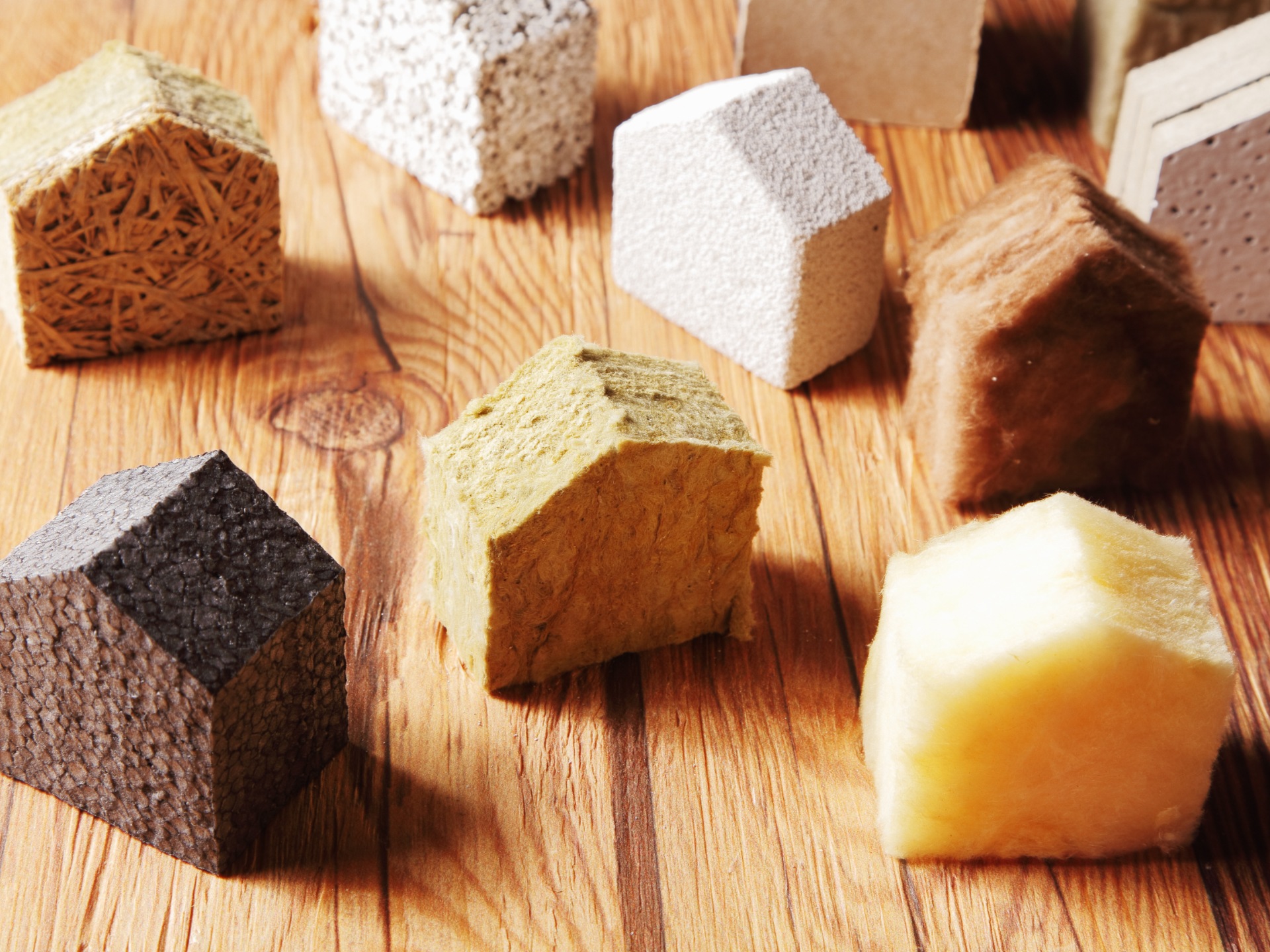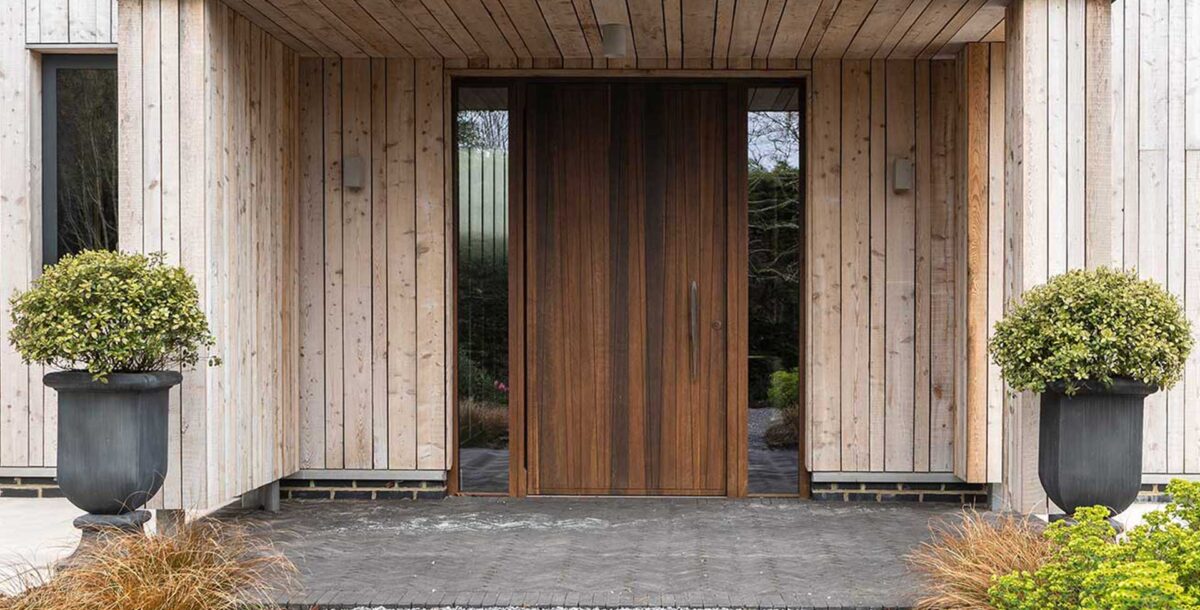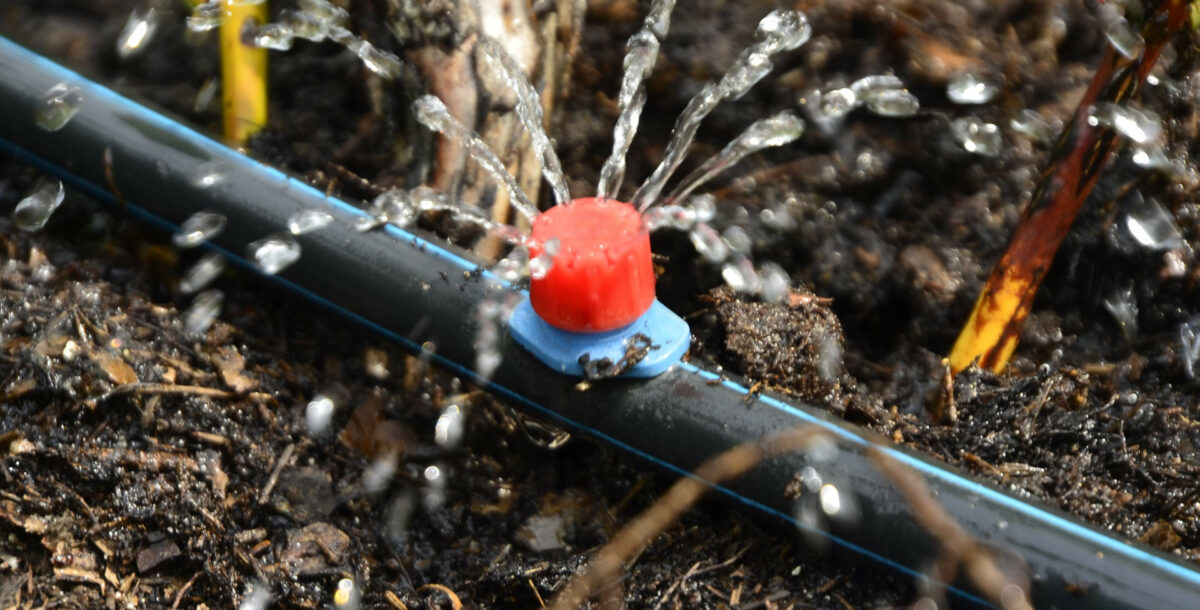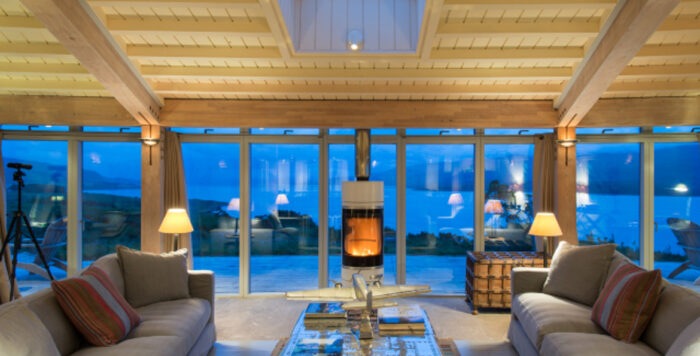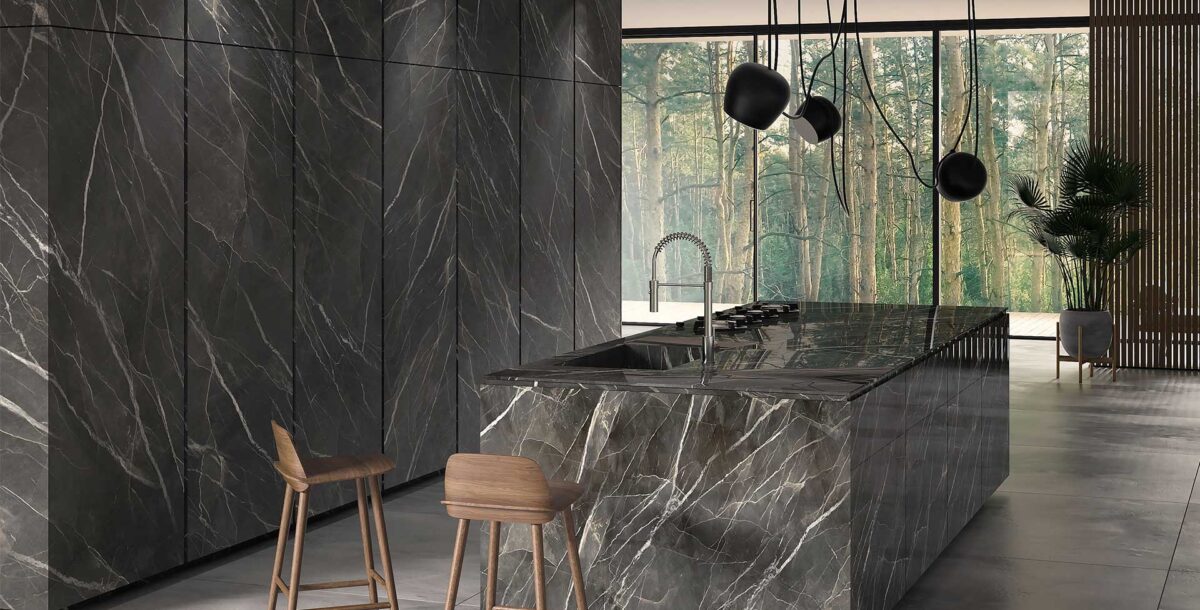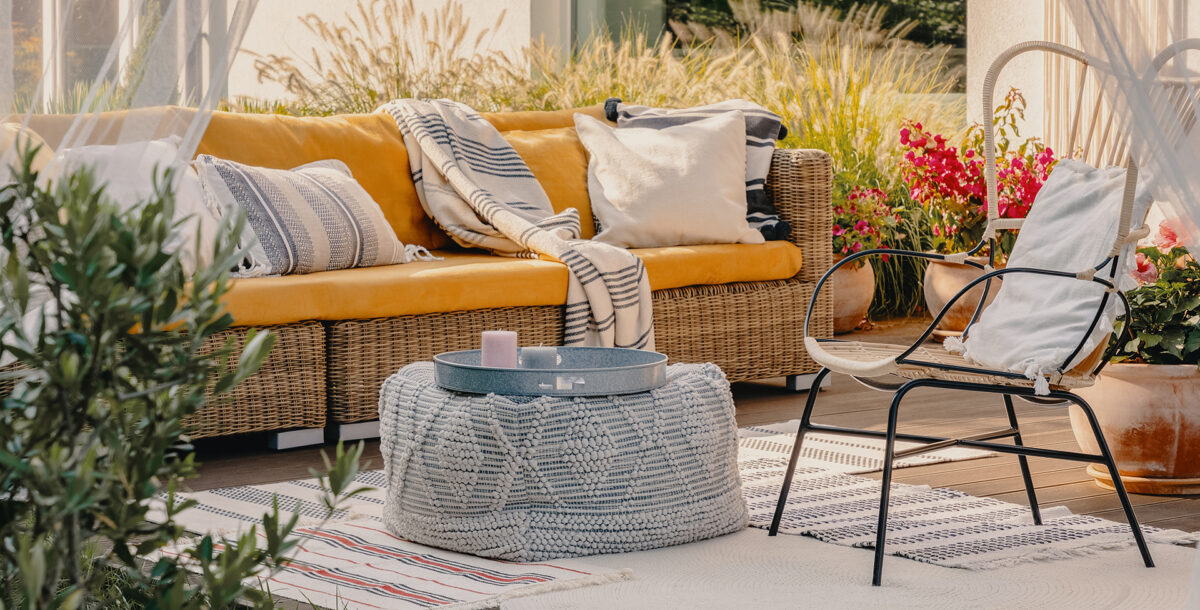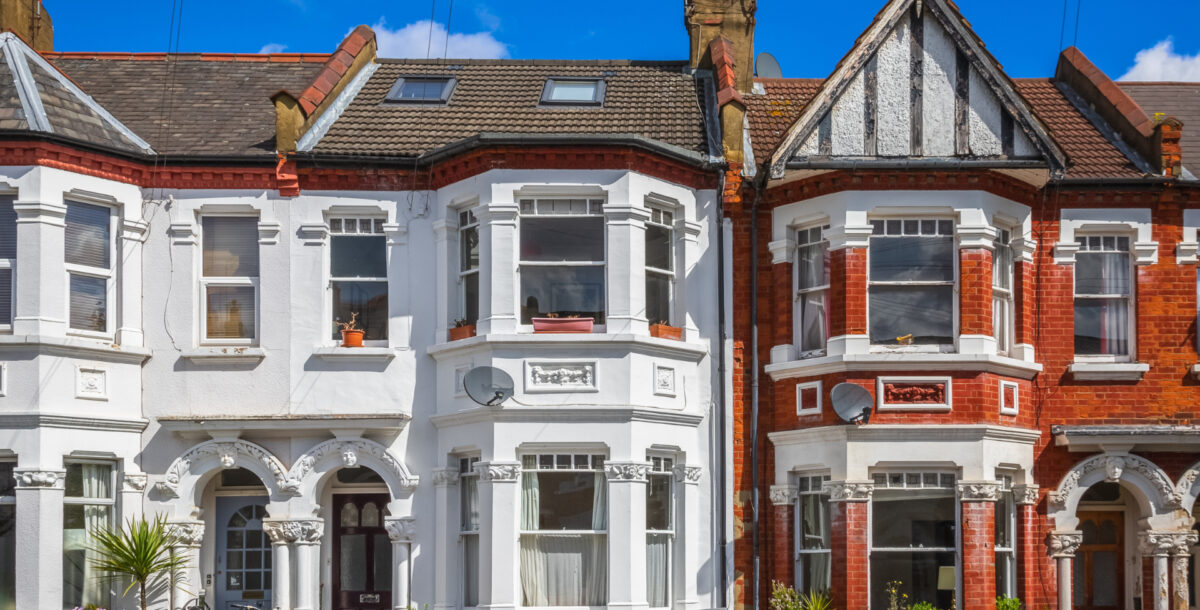What is the best insulation for homes?
Adequate insulation is an essential component of an energy-efficient property. It limits the amount of heat lost through a building’s floor, walls and roof, helping to maintain a comfortable temperature all year round and keep heating bills to a minimum. Though a single upgrade will result in better efficiency, a whole-house approach has the greatest effect.
Blanket insulation
Often used for covering the floors of lofts, blanket insulation is also suitable for lining the underside of a pitched roof, internal stud walls and suspended timber floors. It comes in rolls of material including mineral, sheep’s, fibreglass, wood-fibre, plant-fibre and recycled plastic wool, and it’s flexible and easy to cut and fit, making it suitable for competent DIY-ers to install themselves. Prices start from around £5 per sqm for fibreglass.
When insulating a loft floor, the material is usually laid between and over the joists, avoiding air vents, grilles and bricks. If the space has no ventilation, you may need an airbrick or similar to prevent a rise in humidity and damp problems. Water tanks, pipework and loft hatches should be insulated too. When fitting blanket insulation in an existing loft, there is no requirement to apply for Building Regulation approval unless you are also changing the roof covering, in which case current standards must be met. Follow the product manufacturer’s installation guidance.
Rigid insulation board
Rigid insulation board comes in a choice of panel sizes and materials with products suitable for interior and exterior applications to the roof, floor and walls. Options include wood fibre, cork and plastics.
“Wood fibre is breathable and lets moisture pass through it, reducing condensation risks in older buildings,” says architect Ben Ridley from Architecture for London.
Wood fibre can be used inside and out and is recyclable. Look for sustainably manufactured and PEFC-certified products, and expect to pay around £15 per sqm.
Timber is not the only eco-friendly option with a range of applications. “Cork is a wonder material,” says architect Mike Tuck of Mike Tuck Studio. “It’s insulative, breathable, warm to the touch and the tree lives on after harvesting its bark.” Expanded cork insulating boards cost from around £83 per sqm.
Boards made with plastic include polyurethane (PUR) and polyisocyanurate (PIR), and polystyrene formulations such as expanded polystyrene (EPS) and extruded polystyrene (XPS). All are strong, stable and suitable for the roof, floor and walls both inside and out. EPS and PIR boards cost from around £10-15 per sqm.
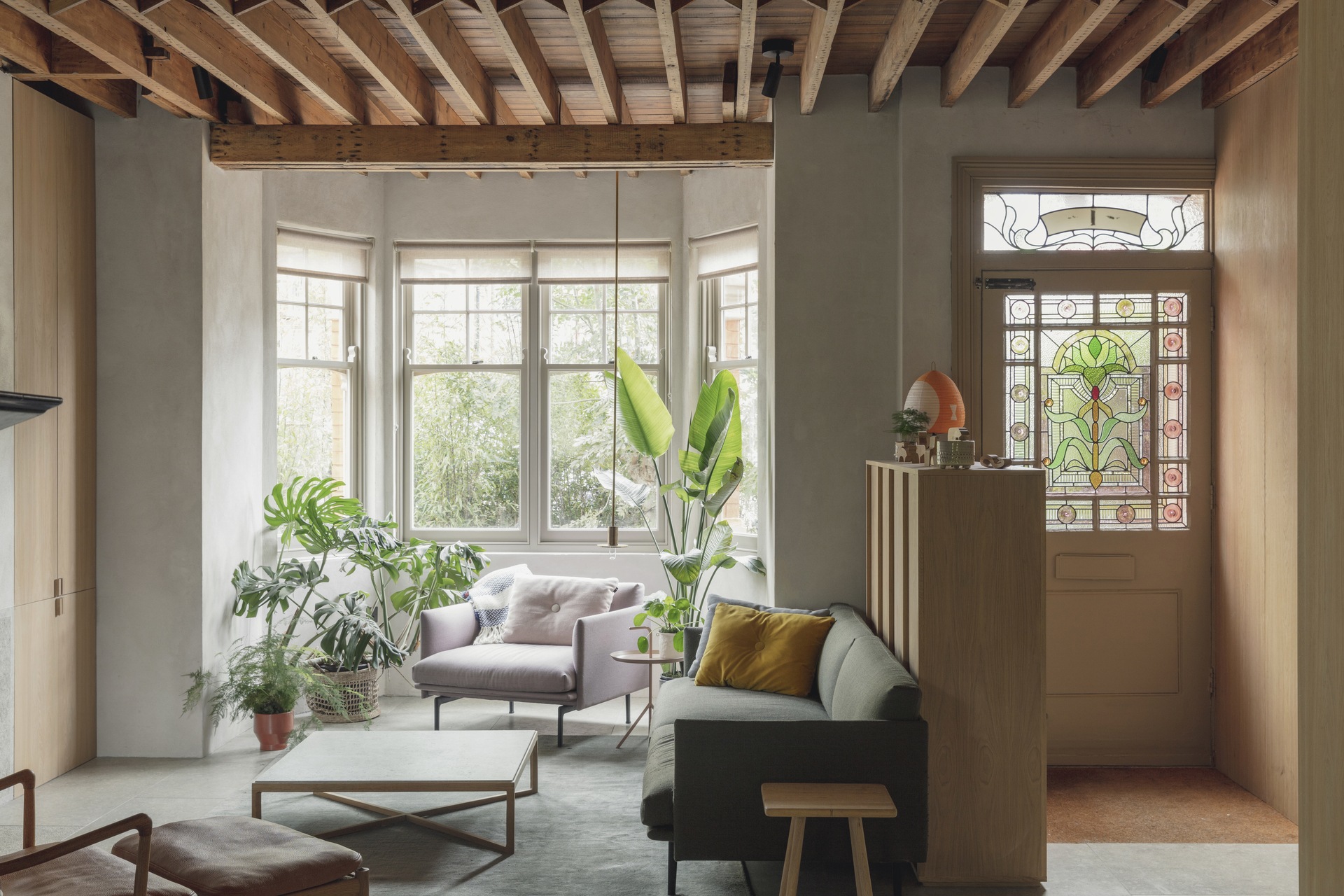
Around £20,000 was spent insulating this four-bedroom house in Muswell Hill, north London. The internal walls feature Pavatex wood fibre insulation boards, Soprema. Outside are Kingspan Kooltherm K5 phenolic insulating boards. The project, by Architecture for London, cost £300,000
Semi-rigid insulation board
Semi-rigid insulation board or slab is suitable for interior and exterior roofspaces and walls, including cavity walls, and suspended timber floors, where it can be friction fitted or held up by battens. Made from hemp, sheep’s, mineral, or glass-fibre wool, it has good acoustic and thermal performance. Hemp is at the more
expensive end of the price scale, costing from around £25 per 1,100x600mm batt. Mineral wool is around £14 per sqm.
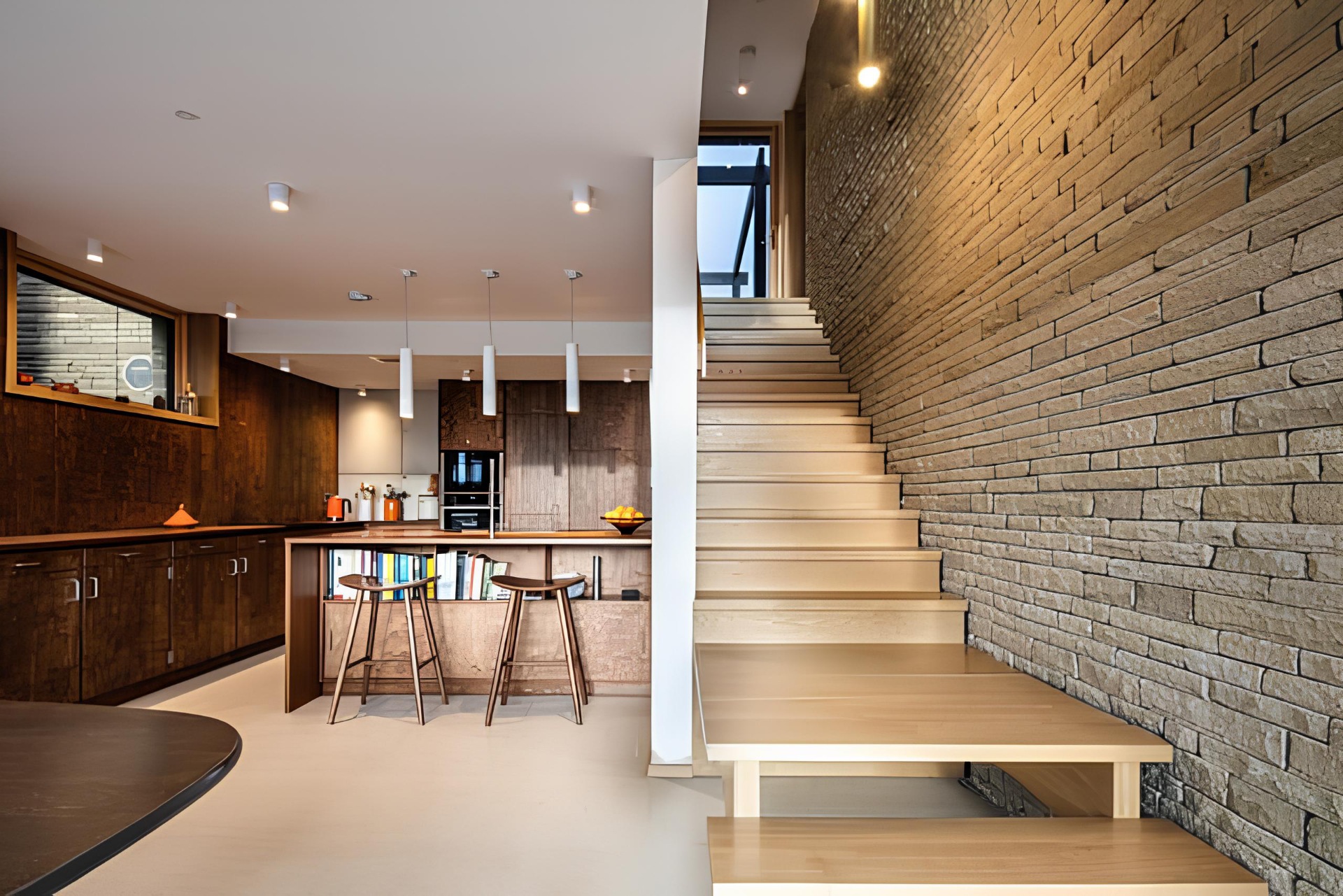
The lower-ground level of this four-bedroom home in Barnsley, south Yorkshire, features Jablite Substructure 200 EPS floor insulation boards, 2,400×1,200x200mm, £380.01, Insulation UK. The masonry cavity is filled with Knauf FrameTherm Roll 32 glass mineral wool, 450×1,140x90mm, £139.38, Travis Perkins. The project is by Hem Architects. Image Credit: Dug Wilders.
Loose-fill insulation
Another option for improving the thermal performance of wall cavities and suspended timber floors is loose-fill insulation, which is blown into gaps and voids. Materials include cellulose, made from recycled paper, fibreglass, mineral wool and polystyrene beads. It costs upwards of £400 depending on the size of the property and the material used.
Foil and reflective
Foil or reflective systems comprise layers of aluminium and insulating materials available as flexible sheets, rolls or rigid panels in a range of thicknesses. They have a wide range of applications, including flat and pitched roofs, walls and floors. Prices start at around £10 per sqm for a multifoil insulation roll.
Polyurethane spray foam
Polyurethane spray foam is a liquid that expands into a foam when it’s applied to a surface and then forms an insulating layer when it sets. There are two types to choose from: closed cell is more like conventional rigid foam insulation boards and open cell is more flexible. There is some controversy surrounding its use
as incorrect specification and installation has led to cases of condensation and structural problems. Reputable professional installation is essential; expect to pay around £35 per sqm.
External wall insulation
External wall insulation (EWI) is an option for homes with solid wall construction. Rigid or semi-rigid board product is fixed to the outside face of an external wall and finished with render, clad with a facing material, or – as with cork panels – left exposed. Professional installation is advisable, and you may need to submit a planning application. Expect to pay upwards of £6,000 for a three-bedroom semi-detached house, including installation.
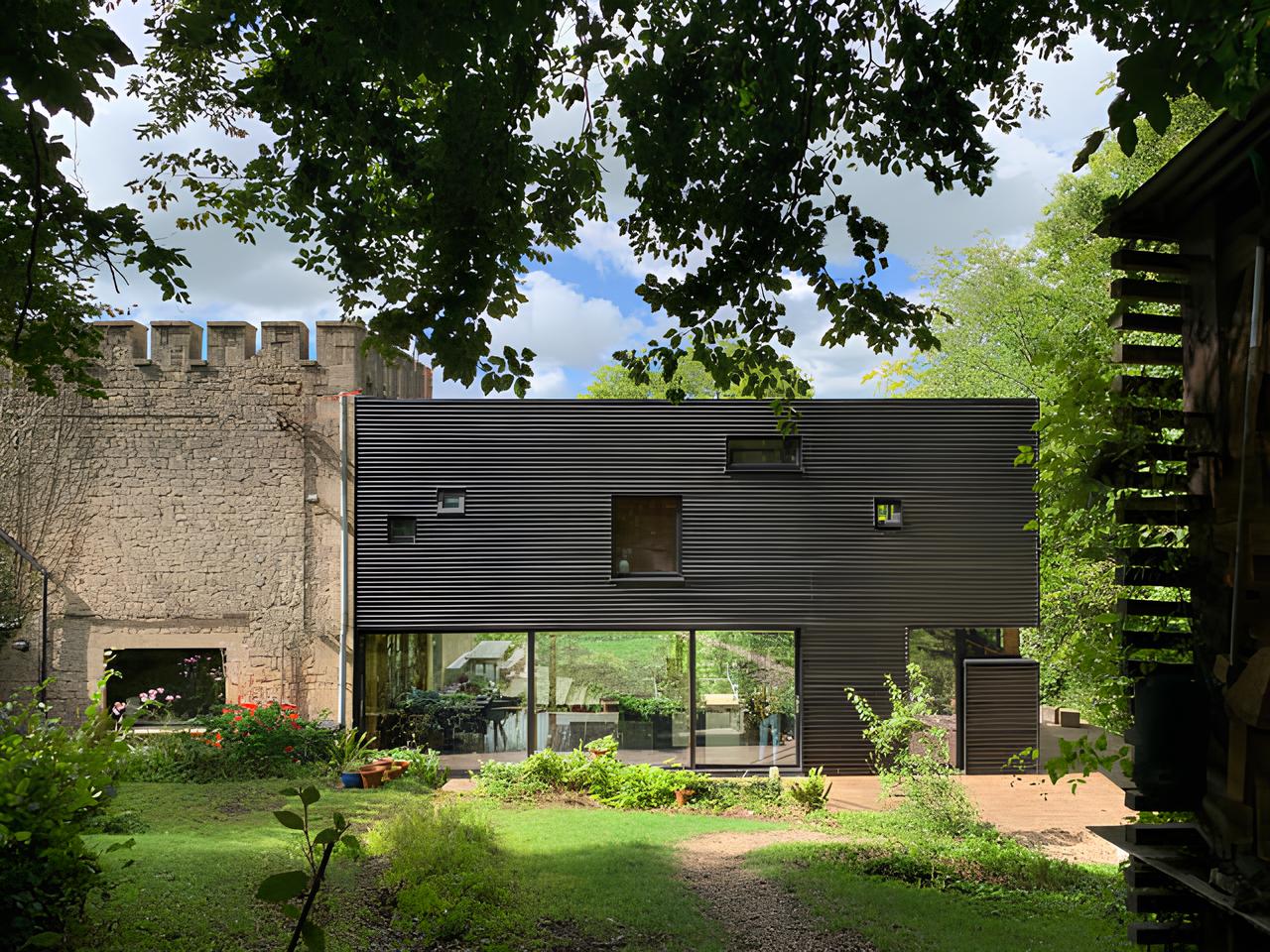
This five-bedroom Georgian home near Bath, Somerset, belongs to architect Piers Taylor of Invisible Studio Architects and his family. The extension is more energy efficient due to retrofit insulation, which was placed over the timber frame and clad in black corrugated metal. Celotex XR4200 general purpose PIR insulation board, 2,400×1,200x 200mm, £100, Insulation Superstore.
Internal wall insulation
To preserve a home’s exterior or comply with planning constraints, try internal wall insulation (IWI). As with EWI, rigid and semi-rigid board is fixed to the wall, or a new stud wall filled with insulation can be built. The internal floor area will be reduced by around 100mm on each wall, and radiators, skirting boards and light switches must be taken off before installation. Cheaper to install than external wall insulation, it costs from £5,000 upwards.
Cavity wall insulation
Most recently built masonry homes have cavity walls that are filled with insulation, to comply with Building Regulations standards. Many properties built after 1920 are also likely to have cavity walls, but these were not insulated during construction. Cavity wall insulation (CWI) can improve thermal performance. Holes are drilled into the masonry, and insulating material such as mineral wool or polyurethane foam is blown or pumped in. It’s a process that requires a qualified installer, who should survey the walls before any work is started. They will assess the structure’s overall condition and look inside the cavity using a borescope to check that it is free of debris and suitable for insulation.
For more advice, visit the Cavity Insulation Guarantee Agency or National Insulation Association.
FINANCIAL HELP
The Great British Insulation Scheme is a new government initiative to help with the cost of home insulation. Qualifying households may benefit from roof, loft, cavity or solid wall insulation and to be eligible, properties must have an Energy Performance Certificate rating of D or below and be in council tax bands A-D in England or A-E in Scotland and Wales. The government’s eligibility checker gov.uk/apply-great-british-insulation-scheme is the starting point if you want to find out whether your home meets the criteria. The scheme runs until March 2026.

